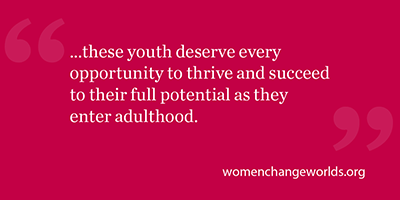 The technological world is all around us and developing at a speed that is impossible to keep up with. Adolescents are now more connected to technology than ever before and face both opportunities and obstacles online. Learning to use technology is similar to learning how to drive a car; there are risks involved, and drivers need to learn certain rules and receive gentle guidance before driving on their own. Parents in both scenarios should be in the passenger seat next to their child: setting boundaries, but giving their child the autonomy to eventually thrive on their own. It’s easy to be afraid of the unknown in the digital world, but parental involvement is essential.
The technological world is all around us and developing at a speed that is impossible to keep up with. Adolescents are now more connected to technology than ever before and face both opportunities and obstacles online. Learning to use technology is similar to learning how to drive a car; there are risks involved, and drivers need to learn certain rules and receive gentle guidance before driving on their own. Parents in both scenarios should be in the passenger seat next to their child: setting boundaries, but giving their child the autonomy to eventually thrive on their own. It’s easy to be afraid of the unknown in the digital world, but parental involvement is essential. As a kid who grew up when technology was developing at an exponential rate, my parents never taught me about safe internet usage. This may have been because they had no idea that it would grow to play such a big part in our lives. As a result, I had to learn to navigate the internet on my own and find a way to handle the emotions that came with my newfound virtual social life and constant access to information. The internet was a place where I learned about the world and formed aspects of my identity while sitting at the desk in my room. I was consuming and had access to endless amounts of information, much of which my parents were unaware of. I often felt overwhelmed by the endless exposure, and looking back, I could have benefited from guidance on how to navigate the online world meaningfully.
My experience is not a unique one. With kids having access to technology at increasingly younger ages, parents can often feel unprepared to help their children manage their online life. As a result, some end up erring on the side of being restrictive. Recent research by Senior Research Scientist Linda Charmaraman, Ph.D., Postdoctoral Research Scientist J. Maya Hernandez, Ph.D., and their coauthors shows that restrictive digital monitoring can be associated with more problematic use of technology in adolescents. Indeed, whenever my parents implemented harsher restrictions, such as monitoring texts, it encouraged a sense of rebellion and wanting to use my phone behind their backs.
Instead, I wish my parents had discussed certain digital rules and gained insights into my perspective, so that I had a say in the rules governing my tech use. Although there is a need to set boundaries, overly strict measures can backfire. Combining boundaries and open communication is necessary to establish healthy digital habits as well as encourage family bonds.
My parents did implement certain rules that helped me form healthier digital habits. While I was in middle school, I could not use my phone until I finished my homework. While frustrating, this rule limited distractions and motivated me to finish my homework. I was also not allowed to use electronic devices when eating meals at the dinner table, which encouraged family interaction and bonding. These rules helped me form healthy habits of managing responsibilities before indulging in screen time, and I saw an improvement in my grades and my relationship with my family as a result. Similarly, the 2023 U.S. Surgeon General’s advisory asserts that parents should set up “tech-free” zones to encourage healthy routines. Having boundaries around tech usage taught me discipline, which made it easier to balance online and offline life as I grew older.
Not all of my parents’ restrictions were beneficial long term. Warnings like “Don’t talk to strangers online!” or “You’re ruining your eyes!” painted technology as a danger. While their intentions were protective, studies suggest that portraying technology as a tool is more beneficial for adolescents. The warnings I received from my parents heightened my belief that they did not understand my technological problems, and that I could not go to them for advice. A more collaborative approach might have felt less invasive and encouraged trust rather than rebellion.
Just as new drivers need supervision before driving on their own, children need guidance on technology use before they can utilize it on their own. By combining clear rules, open discussions, and being role models of tech use, parents can help their children develop a balanced and healthy approach to the digital world. Let’s commit to creating a supportive experience that empowers our children to consume technology responsibly.
Ashley Yang is a member of the Wellesley College Class of 2025 who majored in media arts and sciences and psychology.


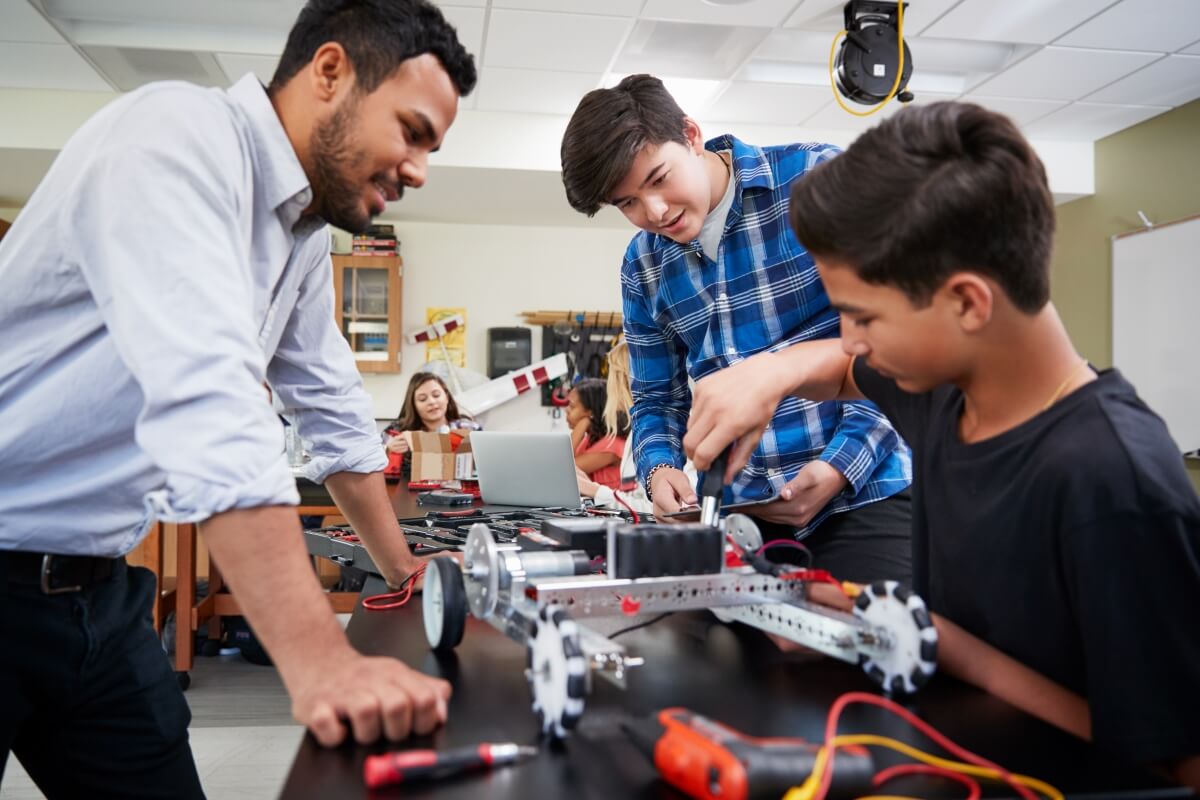
 Below is an excerpt by Betsy Nordell, Ed.D., a NIOST master observer, from the book
Below is an excerpt by Betsy Nordell, Ed.D., a NIOST master observer, from the book 
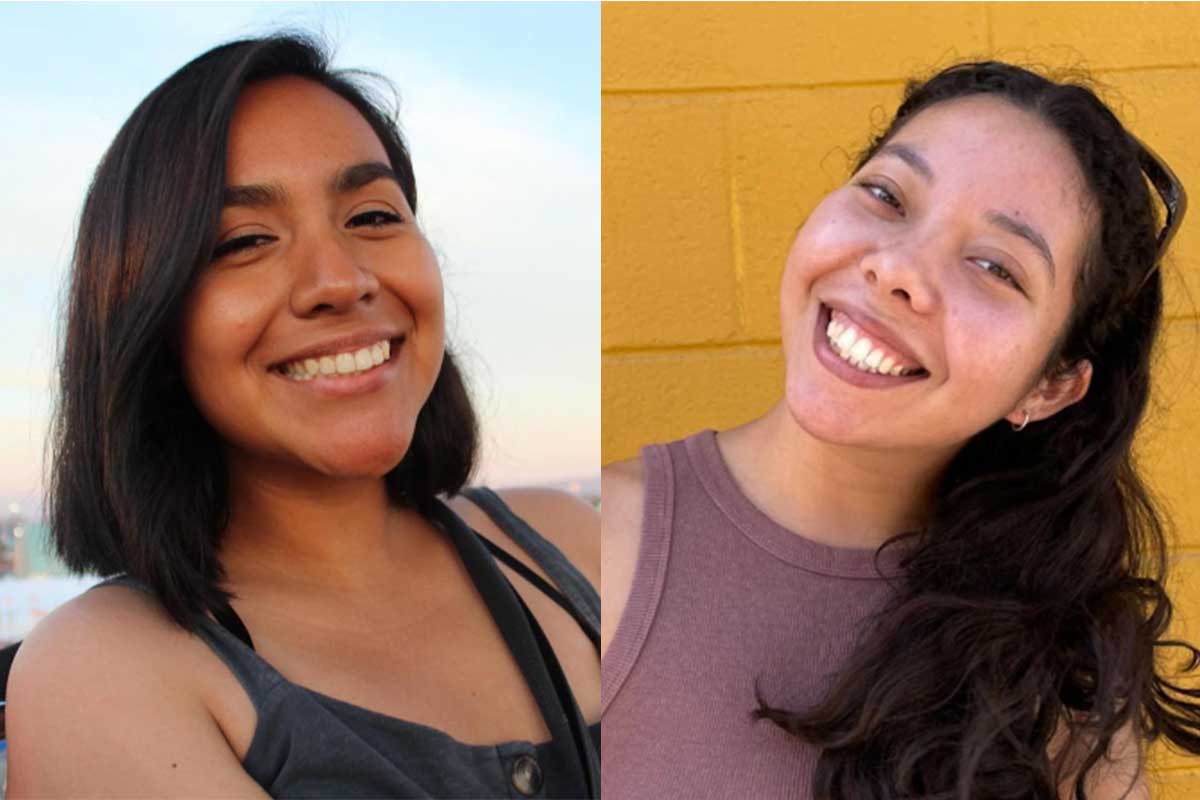




 I never knew that I would have the opportunity to do social science research as an undergraduate until I got to Wellesley College. Towards the end of my first year, with my academic interests starting to gravitate toward Sociology and South Asia Studies, I knew I wanted to connect the concepts I was learning in the classroom to action-oriented research that produced tangible results for communities that I cared about. Through the helpful guidance of my peers, professors, and mentors, I discovered that I could get that opportunity by working at the Wellesley Centers for Women.
I never knew that I would have the opportunity to do social science research as an undergraduate until I got to Wellesley College. Towards the end of my first year, with my academic interests starting to gravitate toward Sociology and South Asia Studies, I knew I wanted to connect the concepts I was learning in the classroom to action-oriented research that produced tangible results for communities that I cared about. Through the helpful guidance of my peers, professors, and mentors, I discovered that I could get that opportunity by working at the Wellesley Centers for Women.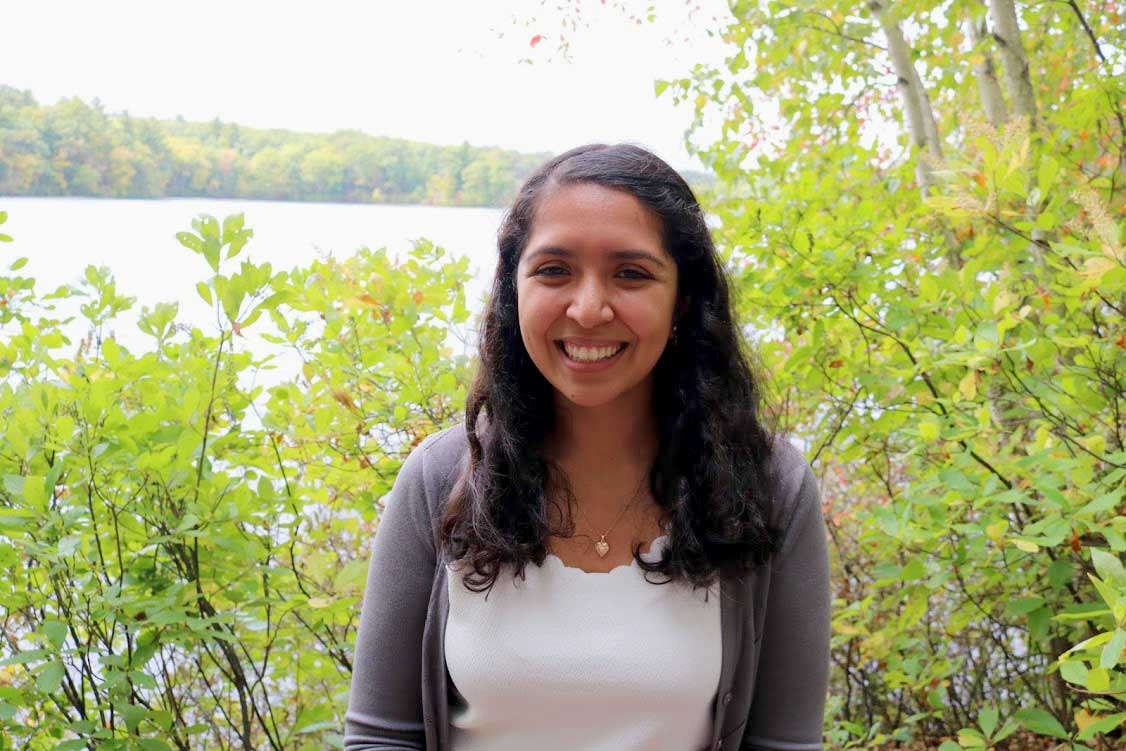 It is the spring of 2020, and my senior year at Wellesley College is not at all what I imagined it would be like. Before concerns about COVID-19 led
It is the spring of 2020, and my senior year at Wellesley College is not at all what I imagined it would be like. Before concerns about COVID-19 led  A recent
A recent  Video games are on my mind these days. Especially violent ones, like Call of Duty or Grand Theft Auto. But special recognition goes to
Video games are on my mind these days. Especially violent ones, like Call of Duty or Grand Theft Auto. But special recognition goes to 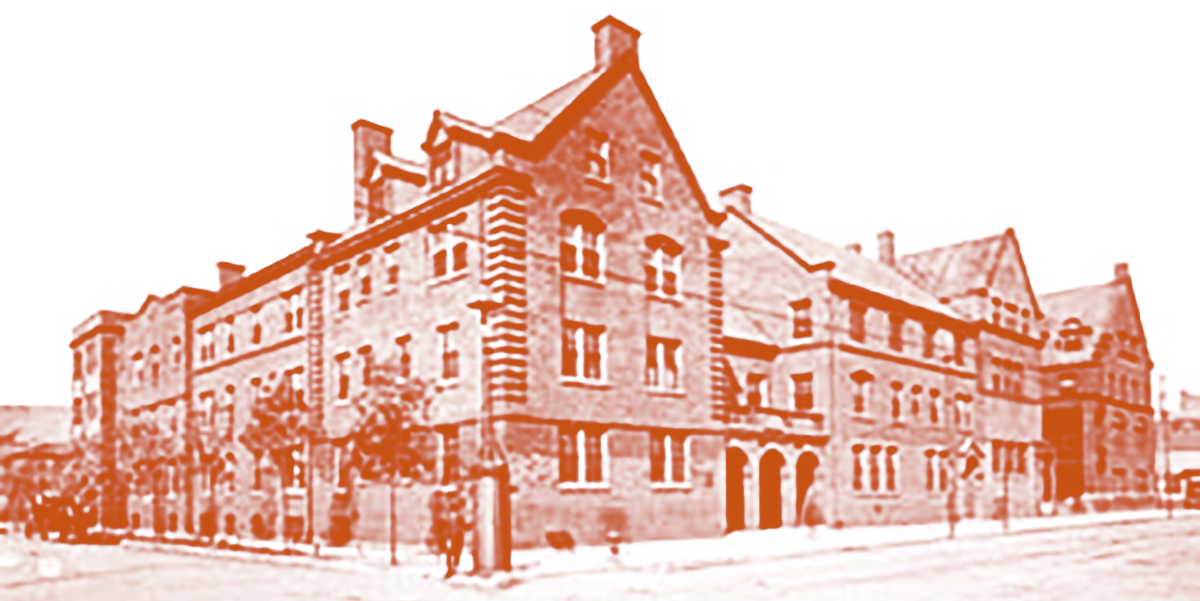 As a country we seem to be moving far away from the nurturing and sustaining activity of the settlement houses of our past. The first settlement house, established in New York City’s Lower East Side – Neighborhood Guild – was founded by Stanton Coit, and just a few years later came Hull House in Chicago, materializing through the passionate vision of Jane Addams. Settlement houses were the cornerstone of communities as they over time took on the task of educating citizens, providing English language classes for immigrants, organizing employment connections, and offering enrichment and recreation opportunities to all in the neighborhood. A most significant beginning to the current child and youth development field, settlement houses provided childcare services for the children of working mothers. The Immigrants’ Protective League, The Juvenile Protective Association, The Institute for Juvenile Research, The Federal Children’s Bureau, along with Child Labor Laws can all trace back to the persistent national
As a country we seem to be moving far away from the nurturing and sustaining activity of the settlement houses of our past. The first settlement house, established in New York City’s Lower East Side – Neighborhood Guild – was founded by Stanton Coit, and just a few years later came Hull House in Chicago, materializing through the passionate vision of Jane Addams. Settlement houses were the cornerstone of communities as they over time took on the task of educating citizens, providing English language classes for immigrants, organizing employment connections, and offering enrichment and recreation opportunities to all in the neighborhood. A most significant beginning to the current child and youth development field, settlement houses provided childcare services for the children of working mothers. The Immigrants’ Protective League, The Juvenile Protective Association, The Institute for Juvenile Research, The Federal Children’s Bureau, along with Child Labor Laws can all trace back to the persistent national  It’s one thing to teach kids to say “thank you” when they receive a gift or when someone does a favor for them. But how can we help children understand what
It’s one thing to teach kids to say “thank you” when they receive a gift or when someone does a favor for them. But how can we help children understand what 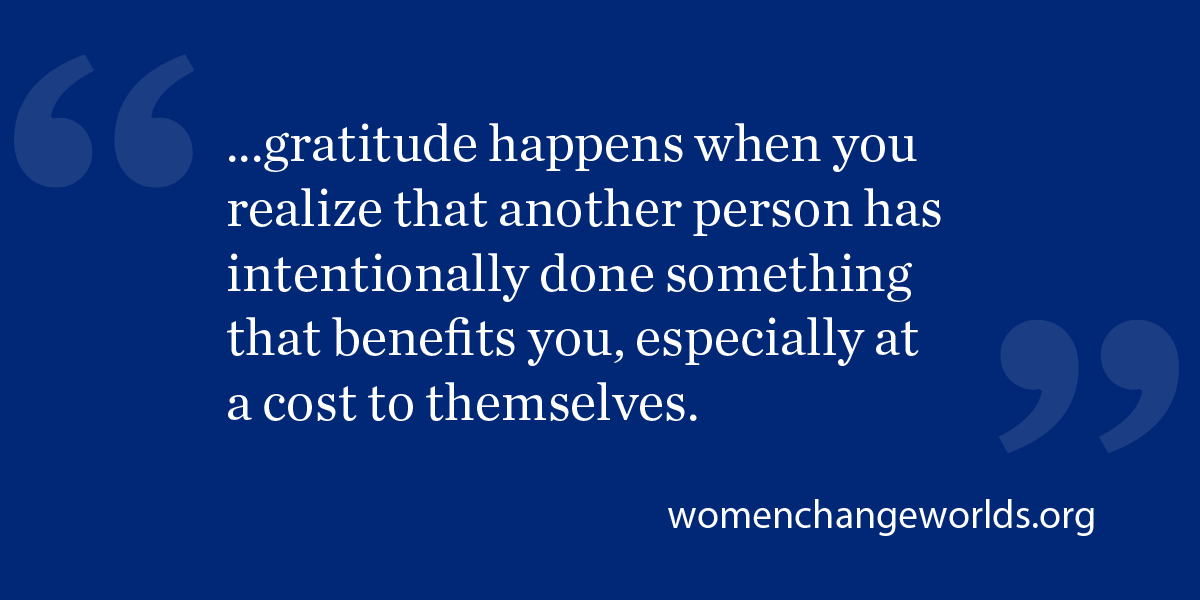 In partnership with the Greater Good Science Center and the John Templeton Foundation,
In partnership with the Greater Good Science Center and the John Templeton Foundation,  Transitional age youth, those who are leaving state systems of care, are one of our most vulnerable populations of children. Each year in the United States, about 23,000 young people age out of foster care,
Transitional age youth, those who are leaving state systems of care, are one of our most vulnerable populations of children. Each year in the United States, about 23,000 young people age out of foster care, 